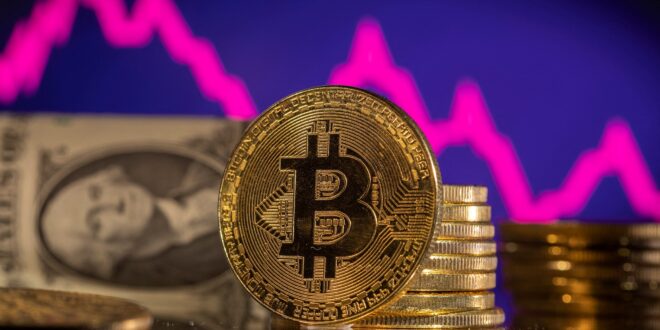Altcoins or Meme Coins? Alon Cohen Questions the Real Difference
Exit Liquidity or Innovation? The Harsh Reality of Altcoin Investing
The Altcoin Dilemma: Tech Utility vs. Speculative Hype
Alon Cohen, co-founder of Pump.fun, recently stirred up the crypto community with bold remarks about the state of altcoins. According to Cohen, many tech-based altcoins serve the same purpose as meme coins—offering little more than speculative value. He highlighted key similarities: low circulation, inflated fully diluted valuations (FDV), and a common reliance on venture capital funding, where retail investors often become the “exit liquidity” for big players.
Cohen’s comments were in response to a tweet suggesting that the meme coin ecosystem on Pump.fun had disrupted traditional altcoin price cycles. However, Cohen clarified that Pump.fun had been operating well before the altcoin market crash in April 2024.
📉 The Altcoin Crash: What Really Happened?
Cohen attributes the April 2024 altcoin crash to one major factor: retail investor fatigue. “Retail was burned too hard last cycle to just come back to invest in the ‘future of finance,’” he posted on X. He explained that after suffering heavy losses, retail traders are now more interested in quick, small profits and having fun with trading—rather than committing to long-term, tech-driven projects.
This reflects a growing tension in the crypto space between those who believe in the technological potential of altcoins and those driven purely by speculation.
📊 Altcoin Market: Peaks, Crashes, and Recovery
The altcoin market has had a turbulent ride recently. In March 2024, the Total3 indicator (which tracks the market cap of altcoins excluding Bitcoin and Ethereum) hit a peak of $788 billion. But by April 2024, the market collapsed, and prices stayed low until a surprising rally in November 2024, triggered by Donald Trump’s re-election as U.S. President.
While the market remained volatile, altcoins backed by institutional investors fared better. Yat Siu, co-founder of Animoca Brands, noted that institutions buying assets on the open market (instead of through private sales) helped stabilize prices for certain projects.
⚠️ The Problem: Too Many Altcoins, Not Enough Purpose
Cohen’s views echo a common sentiment: the altcoin market is oversaturated. There are simply too many projects competing for attention, and many lack a clear use case. This makes it difficult for legitimate projects to stand out, especially with the rise of meme coins adding to the noise.
Despite this, the growing presence of institutional investors has provided some level of stability. Projects with strong backing are better positioned to survive, even in a volatile market.
🚀 What’s Next for Altcoins?
As the market evolves, the debate continues:
Are altcoins the future of finance, driven by real-world technology?
Or are they just another speculative bubble, no different from meme coins?
The future of altcoins will likely depend on their ability to prove real-world value beyond hype and speculation. Retail investors are cautious, institutions are selective, and the crypto world waits to see which projects can truly deliver.
Elliott Hedge Fund Warns: Trump’s Crypto Push Could Inflate a Bubble Ready to Burst
 Business Sandesh Indian Newspaper | Articles | Opinion Pieces | Research Studies | Findings & News | Sandesh News
Business Sandesh Indian Newspaper | Articles | Opinion Pieces | Research Studies | Findings & News | Sandesh News



